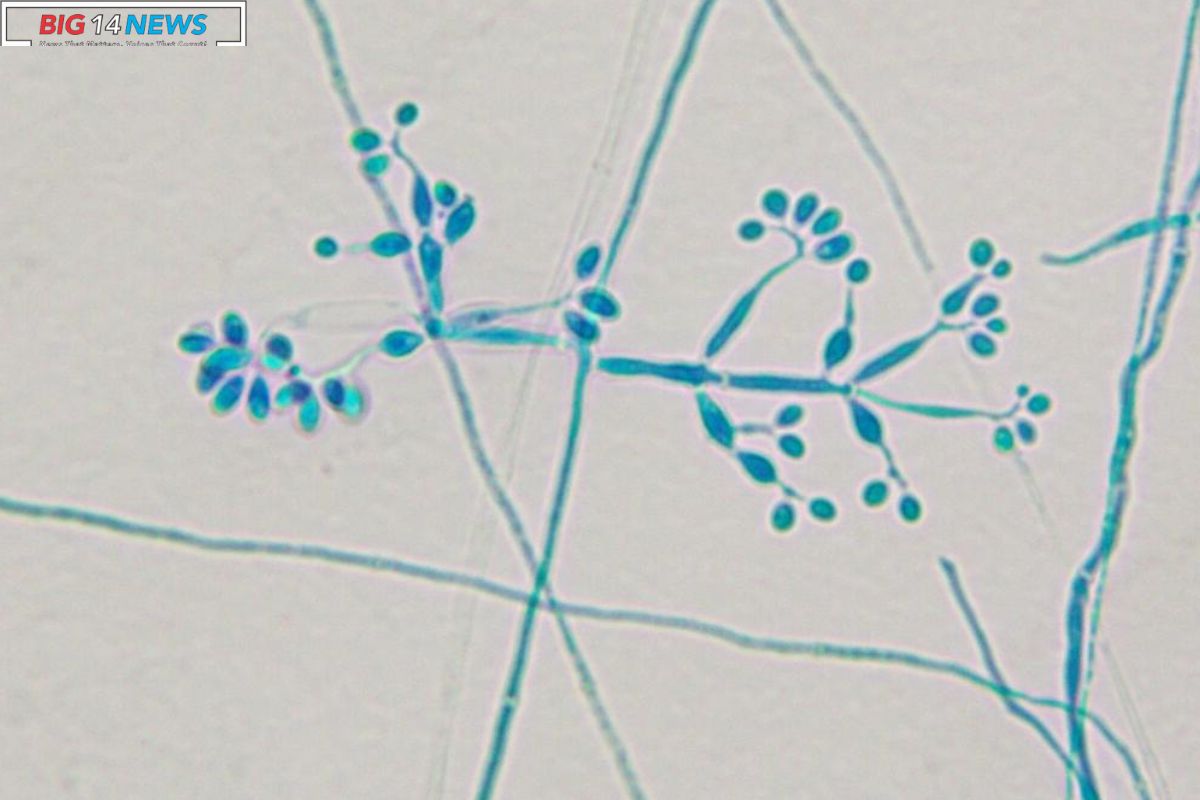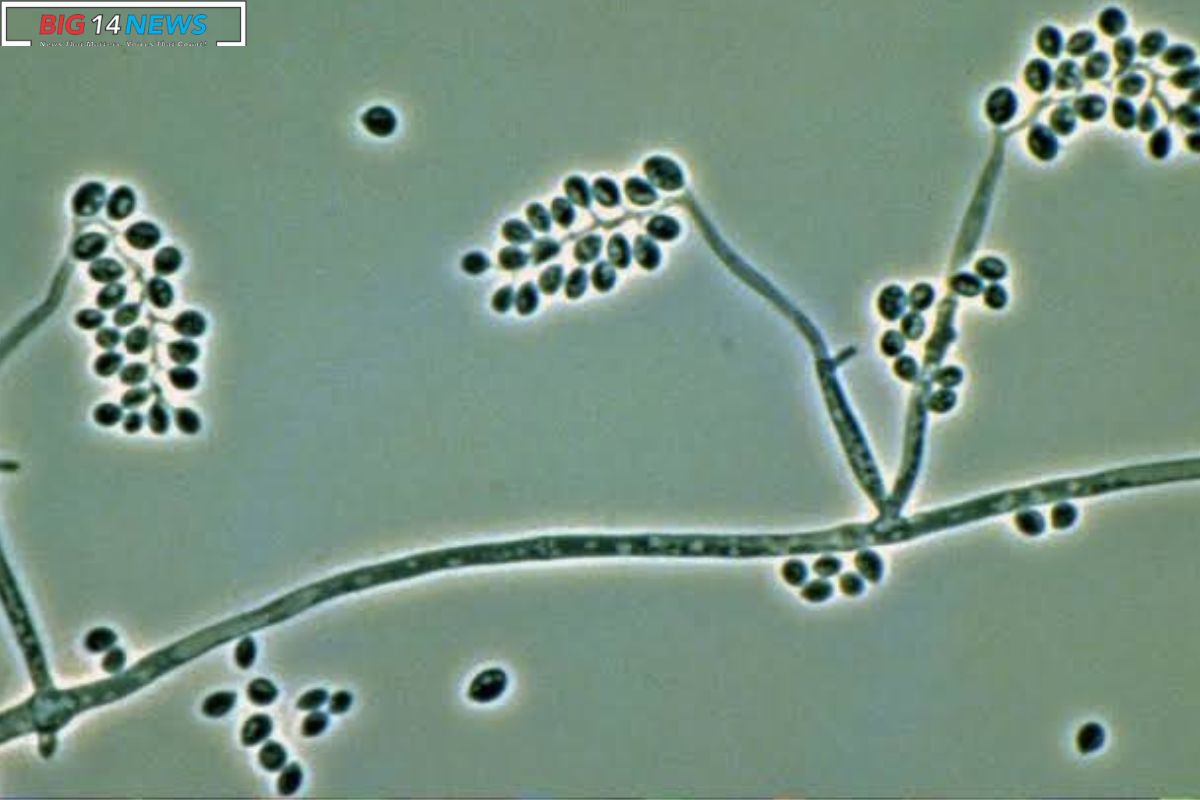Beauveria Bassiana and Oilseed Rape: Researchers at the University of Turku in Finland found a new crop-growing method that enhances pest resistance and reduces reliance on herbicides. The team added Beauveria bassiana fungus to oilseed rape plants. This symbiotic relationship protects the plant from insects and aids in flavonoid production. This change may result in improved crops, stronger defenses, and reduced environmental damage from agriculture.
The researchers found that the symbiotic link between Beauveria bassiana and the oilseed rape plant shields the fungus from UV radiation, a major vulnerability. Simultaneously, the plant gained protection from pests and began producing flavonoids, beneficial metabolites with antioxidant properties for plants and animals’ well-being. The study was published in Pest Management Science. It was part of the EU project Horizon Europe EcoStack.
Flavonoids aid animal health by preventing cancer, reducing inflammation, and fighting viruses. They enhance plant resistance to damage by boosting UV protection, darkening flowers, and deterring animals. Benjamin Fuchs, the study leader, found that the fungus-plant interaction resulted in increased metabolite production instead of a defensive response.
Insect pests are a global crop problem, often requiring chemical poisons for control. These pesticides harm the earth and can also harm people’s health. Beauveria bassiana is a global biopesticide, but its UV sensitivity limited its use. This new symbiotic way is revolutionary as it allows the fungus to live inside the plant, shielding it from UV rays.


ALSO READ: Tropical Forests Threatened by Overheated Photosynthesis: Global Implications
The first author, Docent Anne Muola, emphasized the research’s importance for crop safety. Muola says, “Our aim was to create a natural pest defense.” She also mentioned that the findings could assist individuals in ensuring a sufficient food supply with minimal environmental impact.
This study is important due to increasing environmental concerns and the urgent need for sustainable farming methods. This study demonstrates eco-friendly plant growth techniques that enhance strength and resilience.
While the initial study results are promising, further research is required to validate the long-term benefits of this symbiotic relationship, its applicability to other crops, and its impact on the overall ecosystem health.
This study has broad effects as it provides a sustainable alternative to chemical pesticides and demonstrates the full potential of Beauveria bassiana as a biopesticide. It offers hope for resilient crops and promotes healthier, environmentally friendly farming.
Also Read: UC San Diego Study Reveals Maintaining Weight: After 60 Key to Women Longevity
Our Reader’s Queries
What is Beauveria bassiana used against?
Beauveria bassiana is a bug-killing fungus that attacks a wide range of insects and is deployed to manage bug invasions in crops, like aphids, thrips, and whitefly. This fungus is grown in solid state fermentation and its spores are turned into an emulsion or wettable powder and sprayed on plants.
What disease is caused by Beauveria bassiana?
Beauveria bassiana is a natural pathogen that affects many insects and other invertebrates, leading to the white muscardine disease.
What toxins are produced by Beauveria bassiana?
Bassiana creates different types of toxins, like beauvericin, bassianin, bassianolide, beauverolides, tenellin, oosporein, and oxalic acid. These toxins are secondary metabolites that assist B. bassiana in parasitizing and eliminating its hosts.
Can Beauveria bassiana infect humans?
Bassiana, along with its teleomorph Cordyceps bassiana, is not often confirmed as the cause of human infection. While B. bassiana has been implicated in three cases of mycotic keratitis, other reports of this species causing infection have not been proven. Beauveria species, of which B. bassiana is a part, are seldom identified as agents of human infection. This highlights the rare occurrence of human infection by these fungi.

